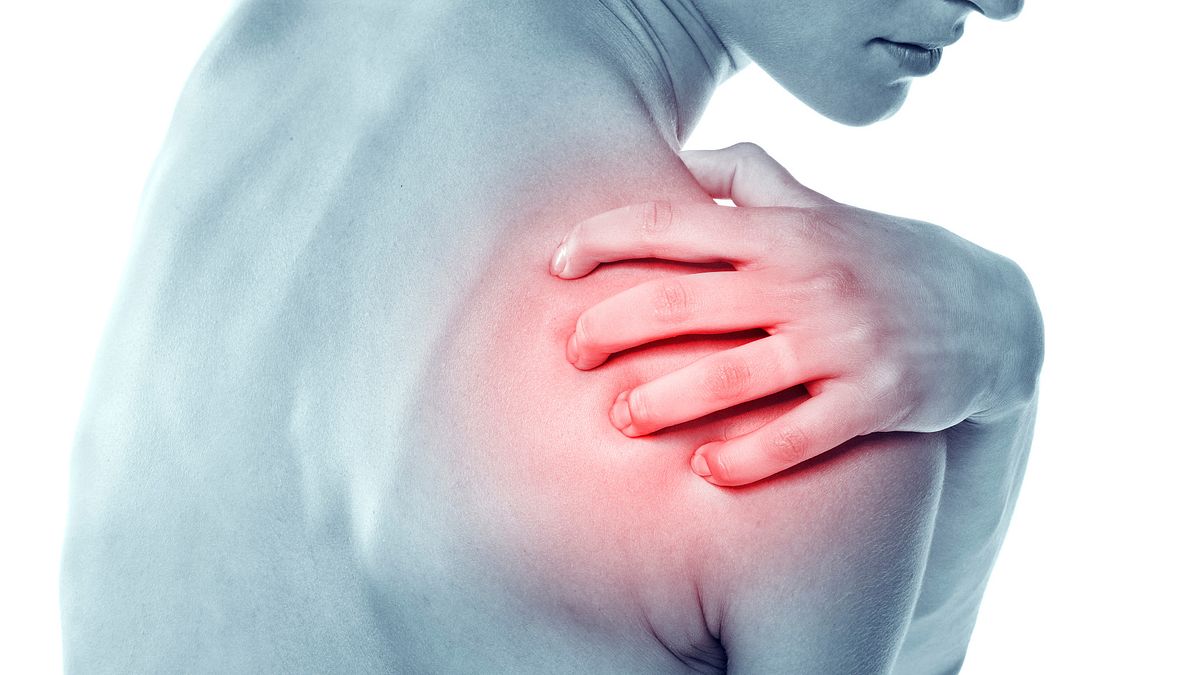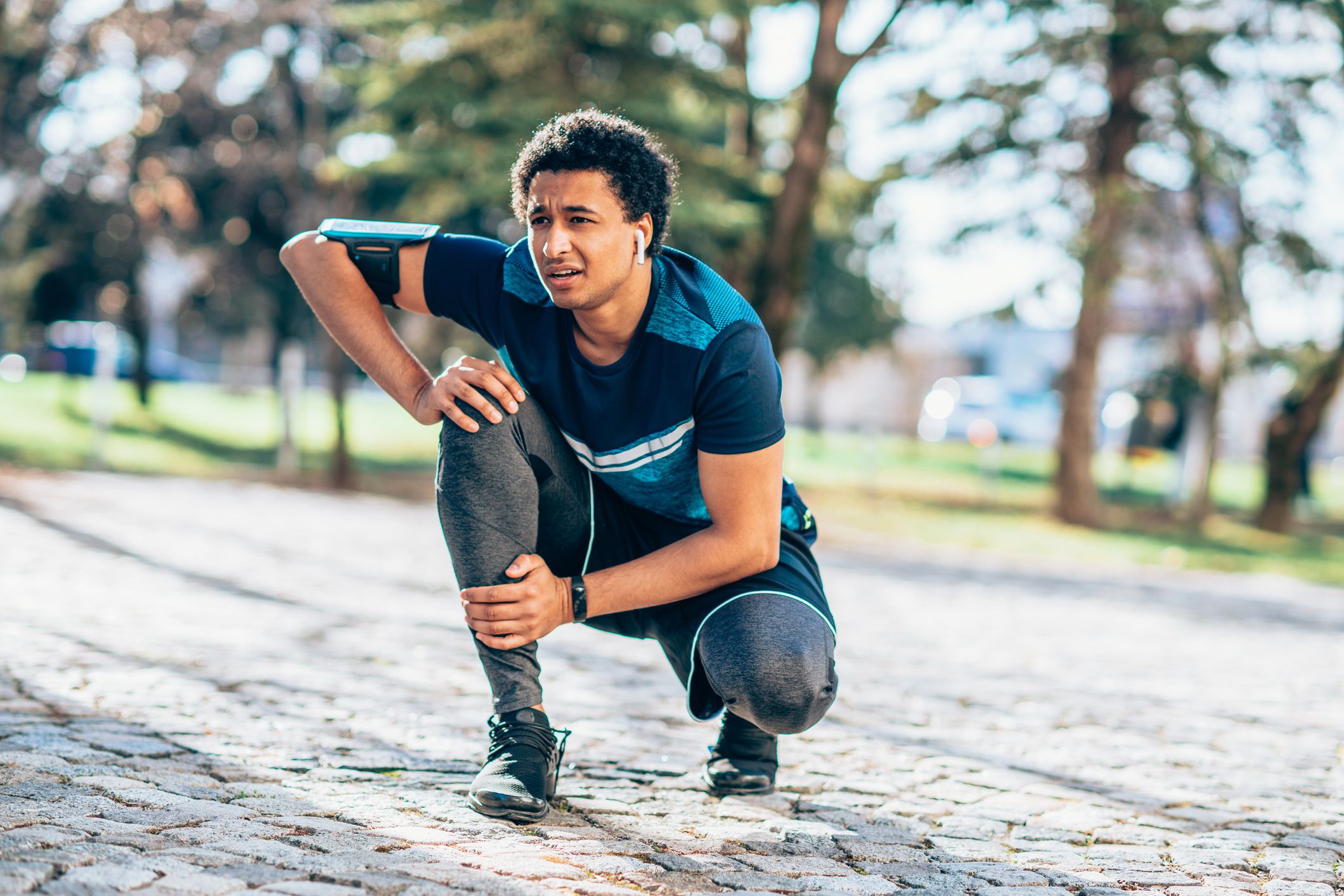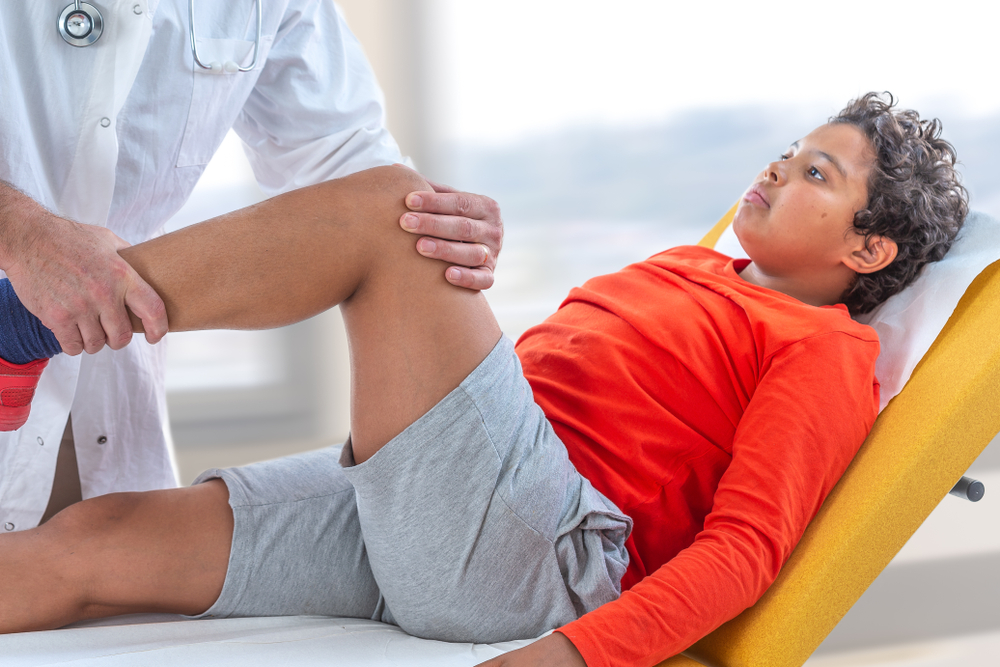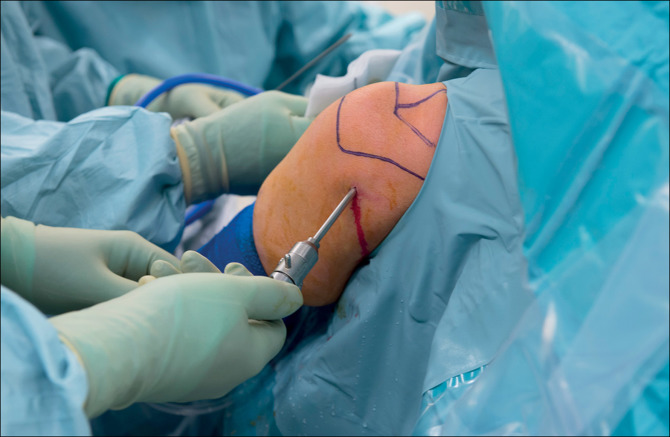The elbow is at the center of it all when it comes to moving your arm. Your elbow joint connects your upper arm bone (humerus) to your two lower forearm bones, the ulna and the radius. Ligaments, muscles, and tendons hold it all together.
Elbow fractures are common injuries, especially among children. They usually occur because of a traumatic impact such as a fall, sports injury, or collision. An elbow fracture, also called an elbow break, can cause severe pain and discomfort. Healing your elbow takes time and patience.
Our experienced orthopaedic surgeons and physical therapy team at Orthopedic Care in Nairobi, Kenya, part of OrthoLoneStar, can help diagnose and treat all types of elbow fractures and provide expert guidance on rehabilitation and healing.
Elbow fracture symptoms
Any of the three bones that connect at the elbow can suffer a fracture. Common symptoms of an elbow fracture include:
- Pain
- Swelling
- Bruising
- Stiffness
- Tenderness
- Arm deformity
- Numbness and weakness in the hand
In some cases, your bone may break through the skin, making the fracture easy to spot. This type of break is called an open fracture.
Treatment options for elbow fractures
If pieces of the bone are not out of place, then a brace, cast, or splint may be used to hold the bones together while they heal and fuse back together. If the bone(s) have moved out of place or it’s an open fracture, surgery is necessary to put it all back together.
Sometimes pins or other hardware is used during surgery to hold the bone in the correct position. At Orthopedic Care in Nairobi, Kenya, our experienced surgeons offer both conventional open surgery as well as advanced procedures such as minimally invasive arthroscopic surgery.
How to heal from elbow fracture treatment
Whether you have surgery or not, healing takes time and work. You’ll probably feel some pain and discomfort after surgery for a few days. Ice, elevating your arm, and taking pain relievers, as directed by your doctor will help.
Count on being in a cast or splint for several weeks, whether you’ve had surgery or not. It’s important to use and move your elbow, as directed by your doctor or physical therapist, to ensure that stiffness doesn’t set in.
For optimal healing and rehabilitation, physical therapy while you’re healing and beyond will ensure that your arm and elbow return to full mobility and strength.












